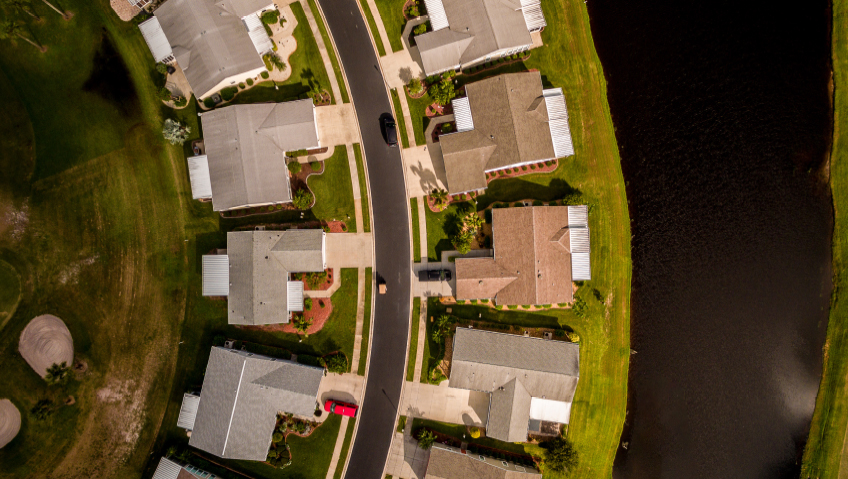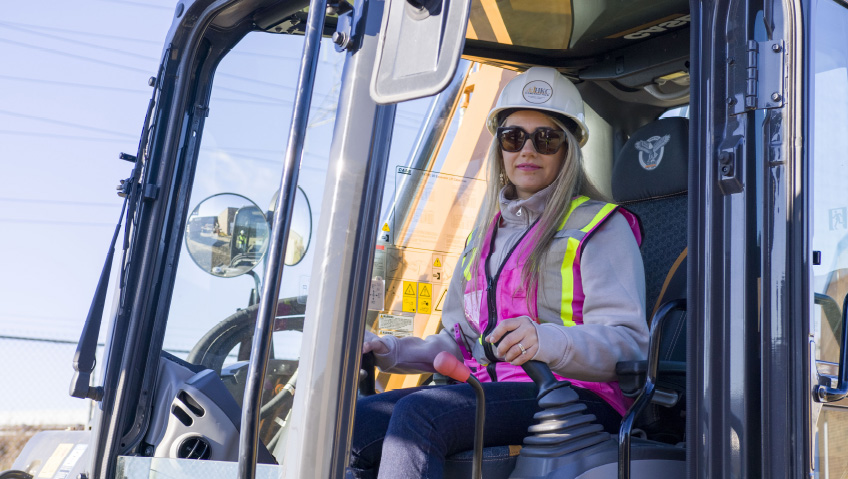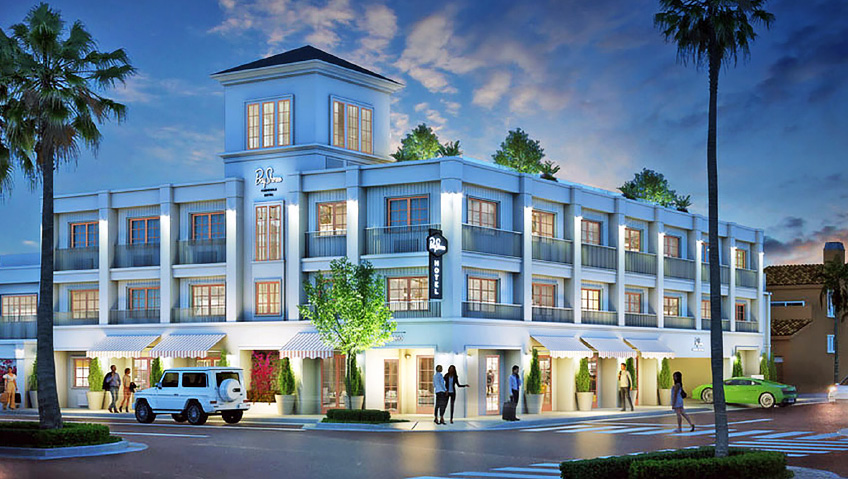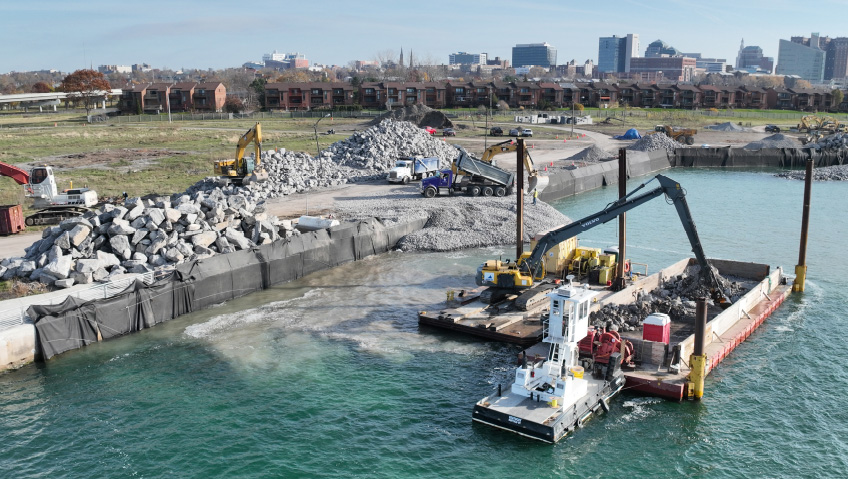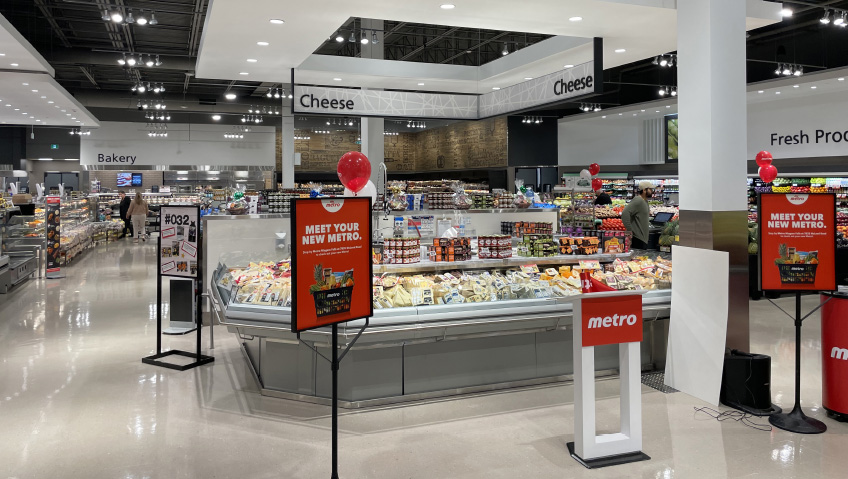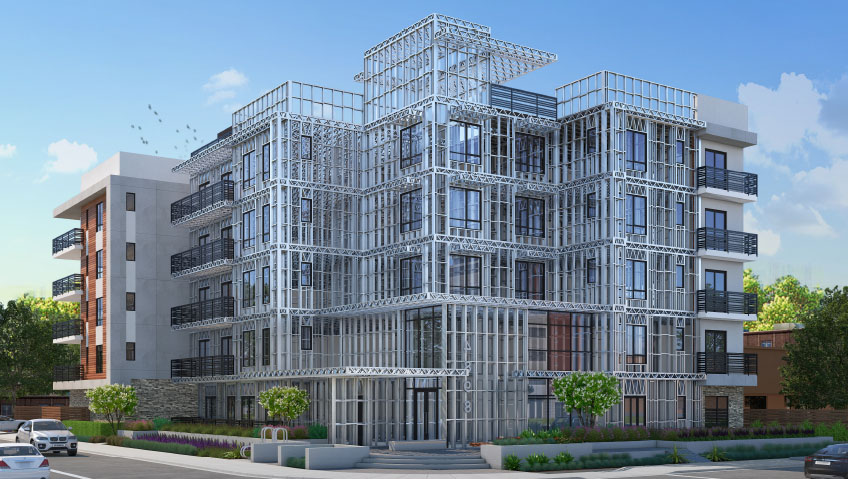Family-owned-and-operated Jacobsen Homes has produced manufactured and modular residential buildings for the last sixty-two years. The oldest and largest builder of manufactured homes in Florida has developed a strong presence, and now builds roughly double the capacity of any other factory within the state.
Jacobsen Homes has a long history of customer satisfaction as well as excellent dealer relations with its customer base, which is the wholesale market rather than the retail market. The company has continued to succeed using the combination of cutting-edge designs, the highest quality materials, and a wealth of experience.
The company builds to all grade levels and complexities with a multitude of aesthetic options. Its manufactured and modular buildings range from entry-level family homes to multi-acre country estates.
Jacobsen began in 1959 with Bill Jacobsen when he realized the need for quality, affordable housing in Florida. In 1981, his son Bob Jacobsen purchased the company, and it has now moved on to the third generation in the family, Bob’s sons, Beecher and Colby Jacobsen. Their father remains the chief executive officer as they take on the daily responsibilities.
Specializing in manufactured and modular homes, Jacobsen Homes has the primary goal to provide an affordable and high-quality product to its customers. “One of our philosophies here is that we build to a standard of quality beyond code. We do not build to the minimum Florida building code; we add our own additions to it based on our history of building in Florida for so many years and surviving every storm that’s come through this state, which are many,” says Vice President of New Business Development Mike Wnek.
Many of the company’s competitors in the area start with a stripped-down, entry-level product that is more likely to be damaged in a catastrophic storm. Jacobsen Homes chooses to start fresh with a product that will weather the forces of nature and exceeds the state’s regulations in dozens of areas.
For example, within the HUD guidelines for manufactured housing, the sheathing options include thermo-ply, foamboard, and other materials that Jacobsen Homes would consider substandard. The only sheathing used by Jacobsen Homes is OSB or plywood sheathing. It uses the highest standard of sheathing because the wind in the state of Florida commonly hits speeds in excess of 130 to 140 miles per hour in hurricane season.
Other instances of steps taken by Jacobsen Homes to go above and beyond code standards are that it uses 2×4” interior walls rather than the 2×3” studs favored by other manufactured home builders, and its products feature a double marriage wall, ensuring an eight-inch thick wall at the center line. “We want our product to have the best chance of standing up to storm after storm for the history of the ownership by the customer who buys our home,” says Mike.
Another aspect of the company of which the owners are proud is the length of time many of its employees have been in the industry. It employs roughly 230 people, 170 of whom work in the factory. More than thirty percent of its workforce has at least ten years of tenure at Jacobsen Homes, and the senior managers have over thirty years of experience.
“We wouldn’t be where we are without the good people we’ve got working here for us doing what they do every day, and that’s everywhere from the people sweeping the floor in the shop to people like Mike and myself to our salespeople and everybody else,” says company Co-President Beecher.
The challenges of the pandemic made Jacobsen Homes a stronger and more flexible team. While adapting to all the changes in the market, the objective was simply to run production every day and stay afloat. The resulting supply chain issues have also caused problems for the company, but the resiliency of its employees has allowed it to pull through.
“Managing to stay somewhat profitable during that whole ordeal was a very big feat for anybody, and we’re extremely proud of everything our employees have done here to enable us to do that. This pandemic created a market like we’ve never seen for housing, and made it tougher than it’s ever been to build and supply that need,” explains Beecher.
As a private, family-owned-and-operated company, Jacobsen Homes can respond to changes in the market quickly, which has been particularly useful in the last two years. “One thing that sets us apart is being privately held, we do not have an ivory tower that we have to go to to get things approved, and this market changes daily. Building departments change daily, the requirements for permitting change daily, and when something happens in our marketplace, we have the reputation and history of being able to respond immediately,” says Mike.
The backlog of the supply chain has diminished the ability to provide manufactured and modular homes with a fast turnaround time, which is usually part of the product’s advantage. Still, the benefit of manufactured and modular homes is that they are built just as well, or even better, than any site-built house.
“There’s a big misconception about them being cheap or flimsy because they are made in a factory when in fact, they are inspected every day in the plant, and then they’re driven down a road, sometimes several hundred miles, so that’s going through almost hurricane-force winds before you even get the house there. I think that speaks of the quality and the construction standards that we build by,” says Beecher.
As Mike Wnek puts it “You wouldn’t build a computer out in the rain, you wouldn’t build a car out in the rain, so why would you build a house out in the rain?” Particularly in Florida, where six months of the year have the potential for torrential rains, it can be especially problematic to have the building materials exposed to the weather elements. After soaking up moisture from the air, buildings are then to be assembled on-site in a near air-tight package, and this becomes an ideal opportunity for mold and other issues. It is much more sensible to build in a factory when possible.
“It’s also better for timing. Being out of the weather, we don’t miss any of those building days. When you hit storms like we do in the summer, production at the site-build level can plummet. In our case, rain-in, rain-out: build them; ship them; get them on the highway.”
Building in a factory does limit some flexibility options. When building on site, the product can have multi-angle roofs and other complexities that are difficult to accomplish in a factory setting. However, when building essential and mid-range housing, building in a factory is the better choice. The product is inspected far more often than at a site-build, it is more energy-efficient, and it is highly cost-effective.
In regards to the cosmetics of the home, any aesthetic in a site-built home can be done in a manufactured or modular building. This includes various roof heights, trim levels, or floor coverings. Customers can select from the same palette of options either way.
The difference between a manufactured and modular building is that manufactured homes are constructed to the federal HUD Code, and modular homes are simply homes built in the factory that follow state or local guidelines.
The Ocean Breeze project, owned by Sun Communities and located in Jensen Beach, Florida, is a great example of how Jacobsen Homes is able to combine features of manufactured homes and modular homes in one project. The two-story modular buildings, with the lower concrete level stilt platform built on site, are situated on the water and feature amenities that allow for a very laid-back lifestyle. Part of the project is made up of HUD manufactured homes and then moves up into more of a modular building. Built on stilts, the product is unique, highly detailed, and structurally strong to keep up with the weather in Florida.
“It is probably just as stylish as you can buy at any price point in Florida, and they buy the home but they lease the property from the developer, so they also get an incredible presentation of amenities: clubhouses, health clubs, a swimming pool, spas, hot tubs, you name it. They have everything from yoga to woodworking,” says Mike. Ocean Breeze in Jensen Beach has proven to be a tremendous success both in sales rates and customer satisfaction. People love living there.
This type of home and lifestyle is growing in popularity in Florida as more people are selling their large homes up north to find a more simple and comfortable way of life. The lower-end, affordable housing market will continue to supply the demand for manufactured and modular home construction, although the higher-end market is picking up steam as well. As parks that were built thirty to forty years ago are replaced over time, they will move towards more modern and stylish options that are available today.
Jacobsen Homes is excited to see where innovation will lead the manufactured and modular home industry. When upgrading the factory, it will look for ways to improve quality wherever possible and to make production less labor-intensive on its employees. “We’d like to continue what we’ve been doing and get better along the way, but we are proud of what we build because we build with our customers in mind,” Beecher concludes. “Aside from that, we try our best to treat our staff and employees the right way, because none of this happens without them.”

